(NLDO) - The meteor shower from objects related to the origin of life on Earth will peak on the night of December 13 and early morning of December 14.
According to Time and Date, from Ho Chi Minh City, on the night of December 13 and early morning of December 14, sky watchers can witness up to 150 shooting stars per hour when the Geminids meteor shower reaches its peak.
This number of meteors makes it the "king" of meteor showers that have appeared in 2024.
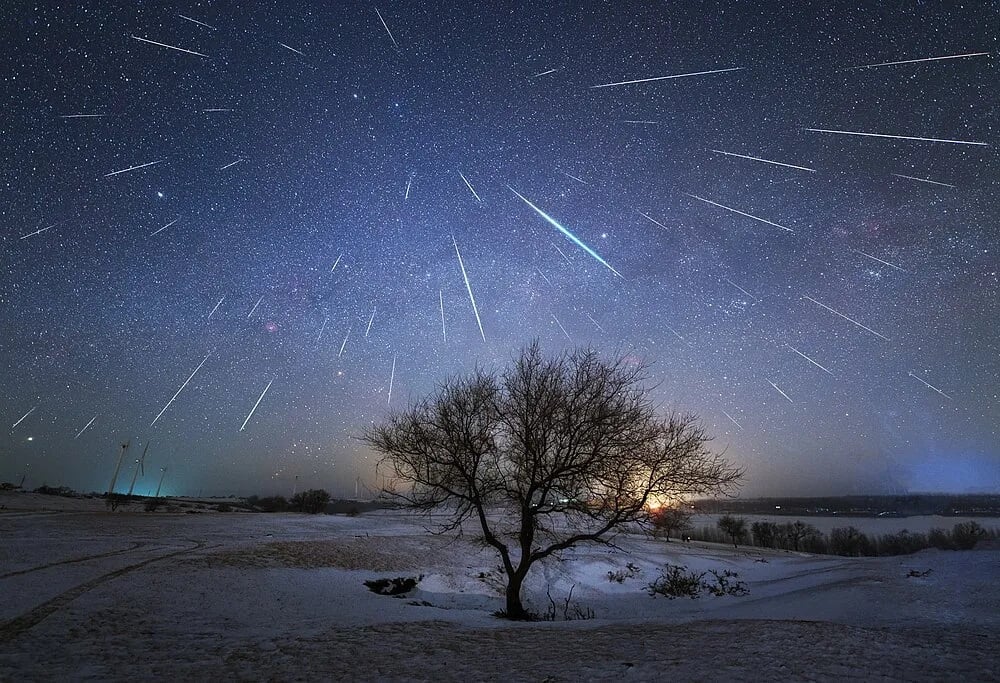
A night of the Geminids meteor shower - Photo: SMITHSONIAN MAGAZINE
The Geminids are one of the biggest and most reliable annual meteor showers.
While it doesn't have the unusual "meteor storm" years of some other meteor showers, the Geminids guarantee a steady show year after year, with at least 120-150 meteors per hour during its peak.
To observe the Geminids, you should let your eyes adjust to the darkness for about 15-20 minutes and look towards the constellation Gemini.
The location of the meteor shower will be right above the outstretched arm of one of the two boys, which is the image this constellation forms in the sky.
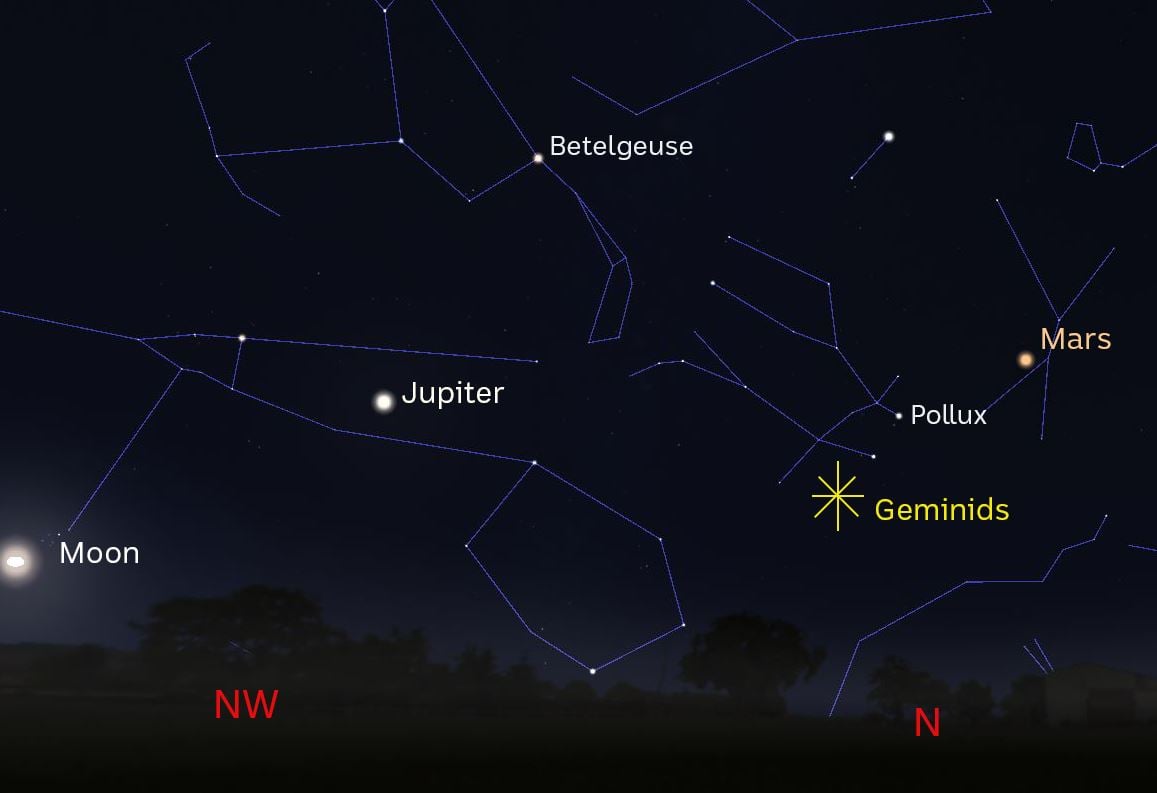
The location of the Geminids meteor shower appears to be held up by the arms of one of the two men - the image of the Gemini constellation - in the sky - Photo: Stellarium/ABC
Gemini is Latin for Gemini, which is why this meteor shower is called the Geminids.
The real source of the Geminids, however, is one of the most bizarre objects in the Solar System: 3200 Phaethon.
3200 Phaethon is an ancient asteroid belonging to the group of carbonaceous chondrites (CC), which are objects older than Earth and contain material from the early Solar System.
This type of asteroid offers humanity the opportunity to learn more about the origin of the Earth and the first seeds of life.
The asteroid takes about 1.4 years to orbit the Sun. Although it is not a comet, it still leaves behind a dense tail of dust and rocks.
The Geminids meteor shower is produced every time it passes through this dusty tail at the end of the year.
If you miss its peak, don’t worry. The shower will continue until December 20, although it will gradually fade after tonight.
If you try to observe immediately 1-2 nights after the peak night, the amount of falling meteors is still quite dense.
Previously, the first Geminids meteors had begun to appear sporadically from December 4.
In late 2024, we will have the opportunity to admire the Ursids meteor shower as well as the first few days of the Quadrantids meteor shower.
Source: https://nld.com.vn/hom-nay-viet-nam-don-dem-mua-sao-bang-lon-nhat-nam-19624121309005285.htm


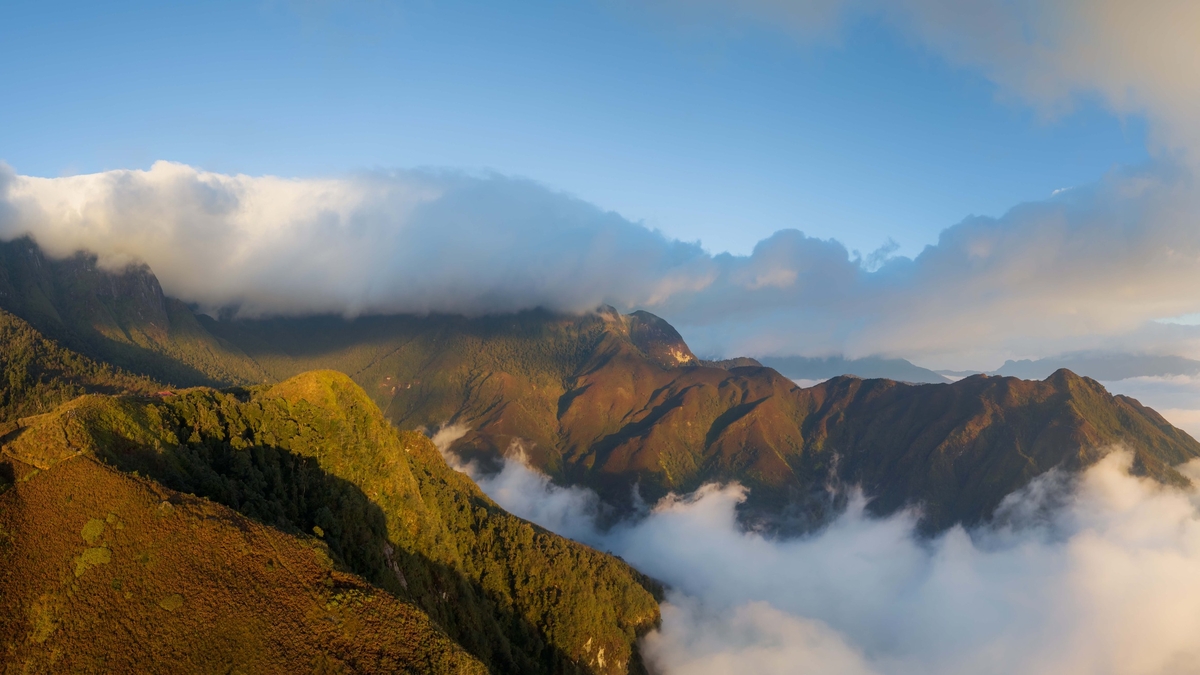

![[Photo] The 5th Patriotic Emulation Congress of the Central Inspection Commission](https://vphoto.vietnam.vn/thumb/1200x675/vietnam/resource/IMAGE/2025/10/27/1761566862838_ndo_br_1-1858-jpg.webp)

![[Photo] National Assembly Chairman Tran Thanh Man receives Chairman of the House of Representatives of Uzbekistan Nuriddin Ismoilov](https://vphoto.vietnam.vn/thumb/1200x675/vietnam/resource/IMAGE/2025/10/27/1761542647910_bnd-2610-jpg.webp)
![[Photo] Party Committees of Central Party agencies summarize the implementation of Resolution No. 18-NQ/TW and the direction of the Party Congress](https://vphoto.vietnam.vn/thumb/1200x675/vietnam/resource/IMAGE/2025/10/27/1761545645968_ndo_br_1-jpg.webp)



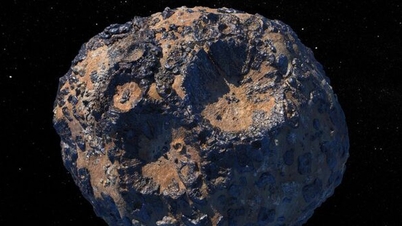


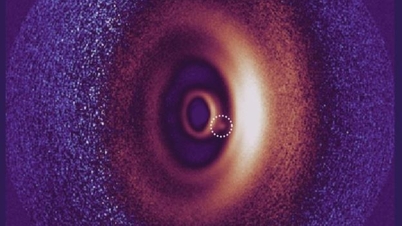









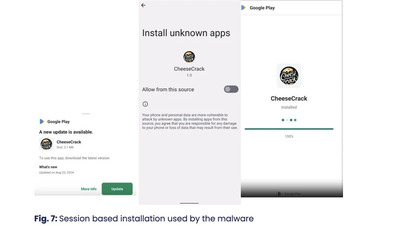







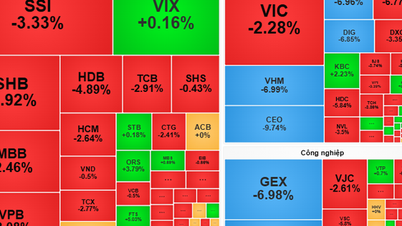



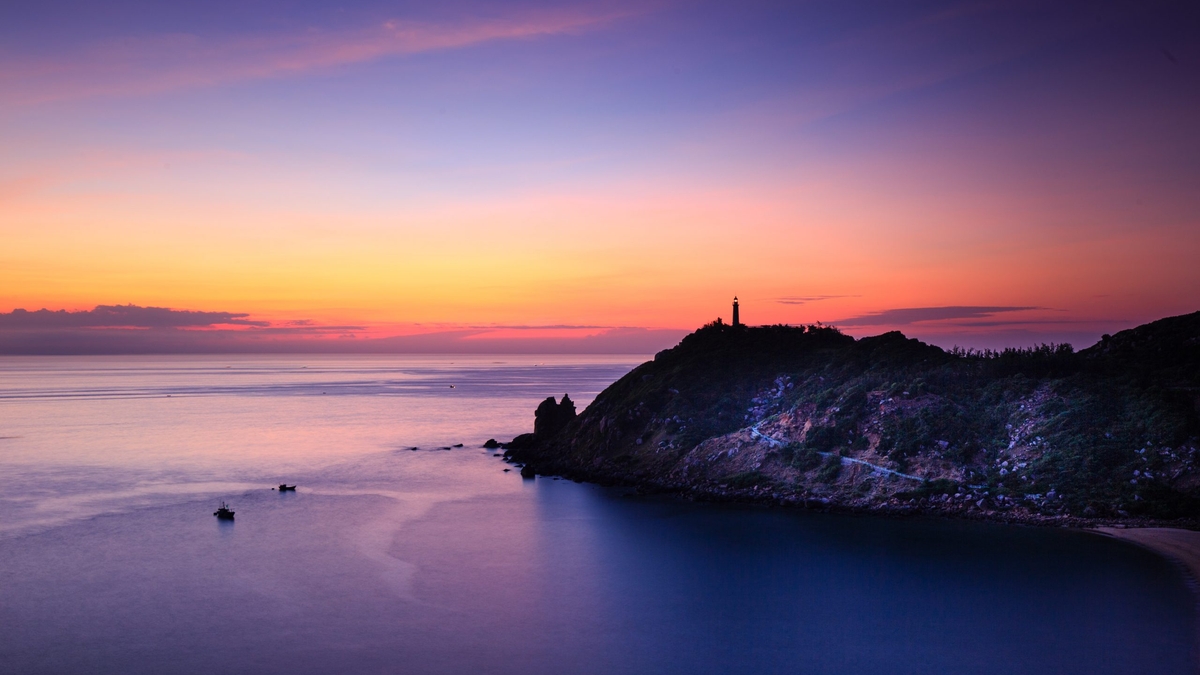



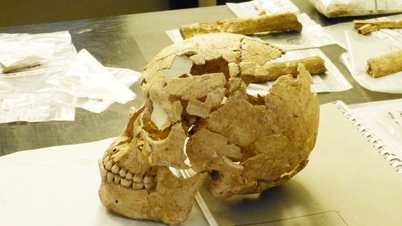

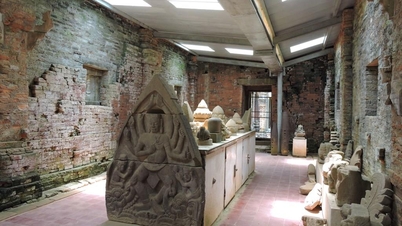



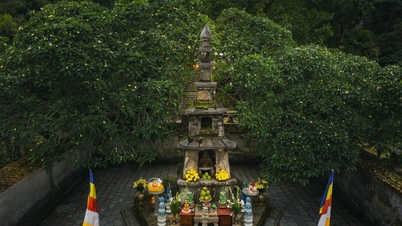

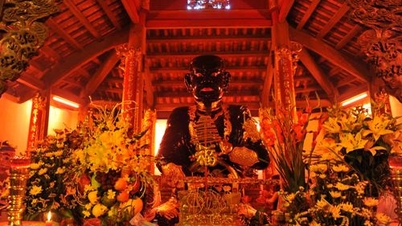




















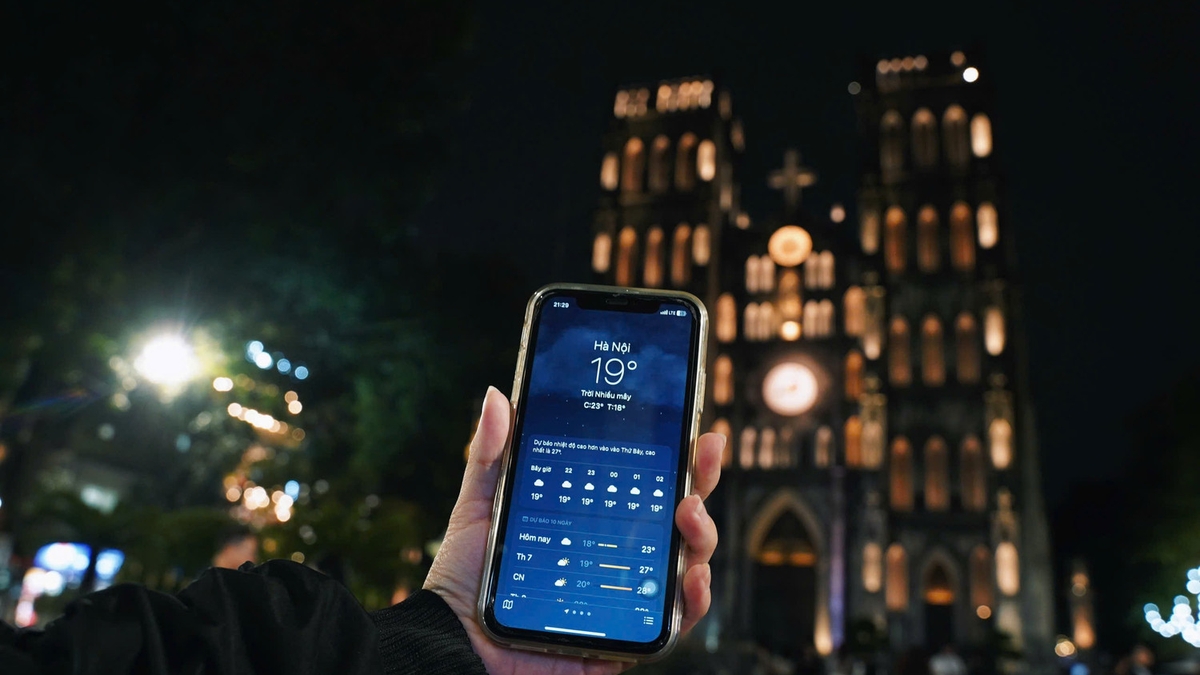





















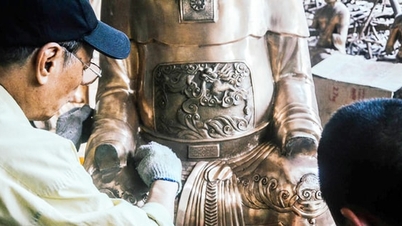


















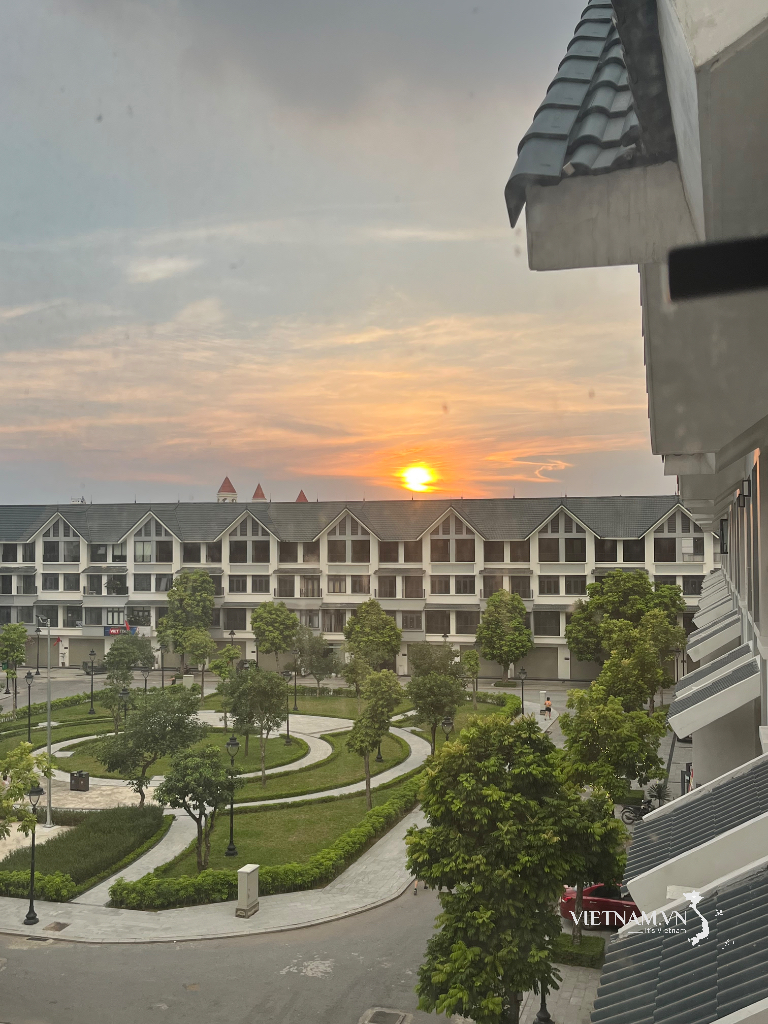



Comment (0)